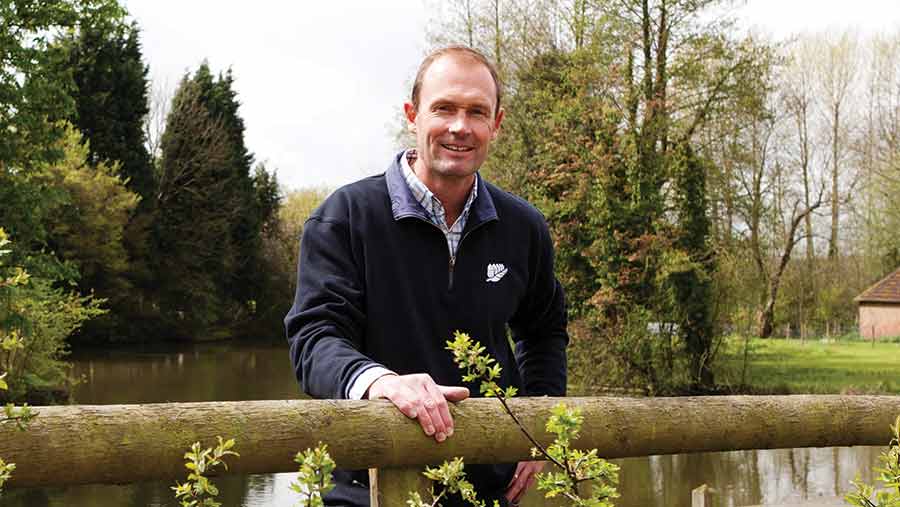Farmer Focus: The irony of establishing wild bird food mixes
 © Alexandra Joseph
© Alexandra Joseph The latest stomach-churning dip on the unpredictable weather ride saw our village make the national news as the wettest place in the country. We recorded 69mm over one night and the following day.
One low-lying grass field became a fast-flowing river as I watched in the 4C (“feels like” -2C) chill.
Exactly one week later I stood in the same spot in a T-shirt in 26C heat, watching the cattle slowly chewing away in the shade.
See also: Kent grower sees top rapeseed yields without using insecticides
Unfortunately, on the damp day we had a meeting at my neighbour’s farm, where we were supposed to be looking for useful insect pollinators. They sensibly didn’t turn up.
Bird seed establishment
Not for the first time we were told how keeping everything neat and tidy by mowing or spraying does not help the wildlife. I wish someone would tell this to the Rural Land Registry, which has now categorised some of my field corners as ineligible scrub.
We have been replanting some of our wild bird food areas, which have been really pleasing, attracting masses of birds and insects and causing discussion in the local pub.
However, we keep learning and I’m sticking to reseeding every year now as, even with seed mixes suitable for two years, the seed crop in the second year has proved quite variable.
I also need to work on establishment as, ironically, the only intensively cultivated areas on the farm are the environmental patches.
I recently saw spring beans and oilseed rape established together with one pass at Nuffield scholar Andy Howard’s farm. I also checked out his newly built cleaner to separate the resulting crop. It will be fascinating to hear the results.
Another scholar, Tom Sewell, has established spring beans plus clover and lucerne into a cover crop at a new trial site in Kent at East Malling Research Centre, now under Niab’s auspices.
I’m quite excited about this area as it offers the opportunity to test and showcase new and innovative techniques.
Andy Barr farms 700ha in a family partnership in Kent. Combinable crops amount to about 400ha and include milling wheat and malting barley in an increasingly varied rotation. He also grazes 800 Romney ewes and 40 Sussex cattle and the farm uses conservation agriculture methods.

